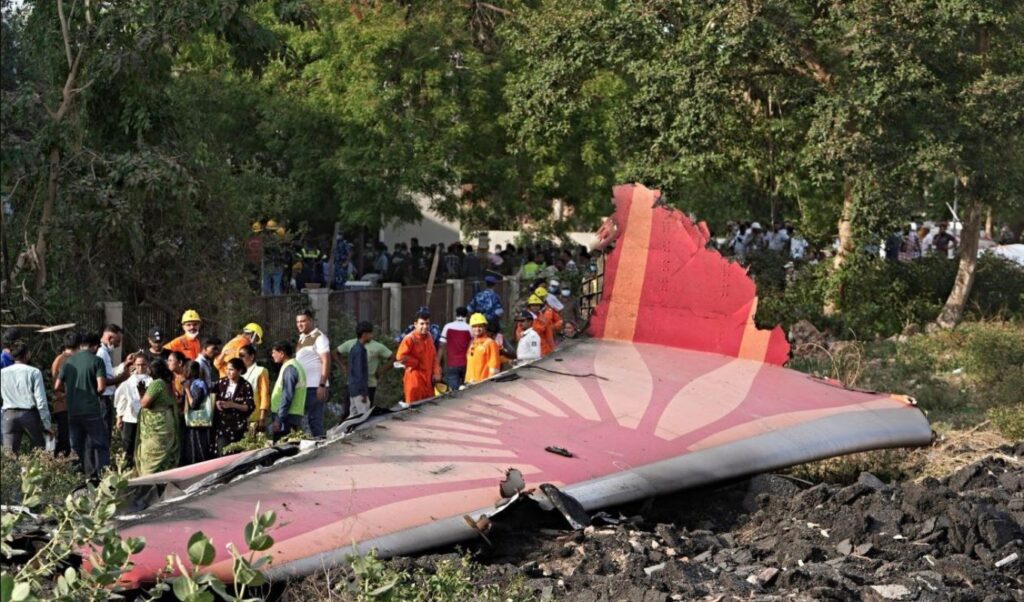The preliminary report of the investigation into the Air India crash was released early today, Saturday (12/7), and according to it, the switches that controlled the fuel supply to the two engines of the Boeing 787 belonging to Air India, which crashed seconds after takeoff on June 12, resulting in the deaths of 260 people –almost all passengers on the aircraft and people on the ground–, had been turned to the “cutoff” position shortly before the crash into buildings.
Read: Air India: Pilots under scrutiny for Boeing 787 crash – Initial signs show no technical problems
Air India crash: What the preliminary report revealed about the tragedy – The pilot’s question about engine fuel supply
The preliminary report, released by the Indian Aircraft Accident Investigation Bureau (AAIB), does not reach any conclusions about the causes and does not assign blame for the accident, however it emphasizes that one of the pilots asked the other why he stopped the fuel supply to the engines — the second pilot replied that he had not done so.
A total of 241 people aboard the Air India Boeing 787-8 Dreamliner were killed –only one survived– when the aircraft crashed into buildings a short distance from Ahmedabad airport (western India). Indian authorities also identified 19 ground casualties.
According to the preliminary report, the long-haul passenger aircraft had reached a speed of 180 knots (333 kilometers per hour) and had just taken off when the fuel supply switches for both engines were turned from the “run” position to the “cutoff” position, one second apart from each other. Both engines immediately began losing power.
In the cockpit voice recording, one of the pilots can be heard asking the other why he stopped the fuel supply to the engines. The second pilot responds that he did not do it. It is not clarified whether the question was asked by the captain or the co-pilot. Less than a minute later, a pilot can be heard transmitting the distress signal “Mayday, Mayday, Mayday” and the aircraft crashes.
Airport surveillance camera footage recorded that a small Ram Air Turbine (RAT) was deployed immediately after takeoff. This is part of the Auxiliary Power Unit (APU) backup power system, designed to power critical aircraft systems in case of engine failure, or when on the ground.
There were no birds in the aircraft’s flight path.
The airplane began losing altitude the moment it left the airport perimeter, according to the report.
Source: APE-MPE




